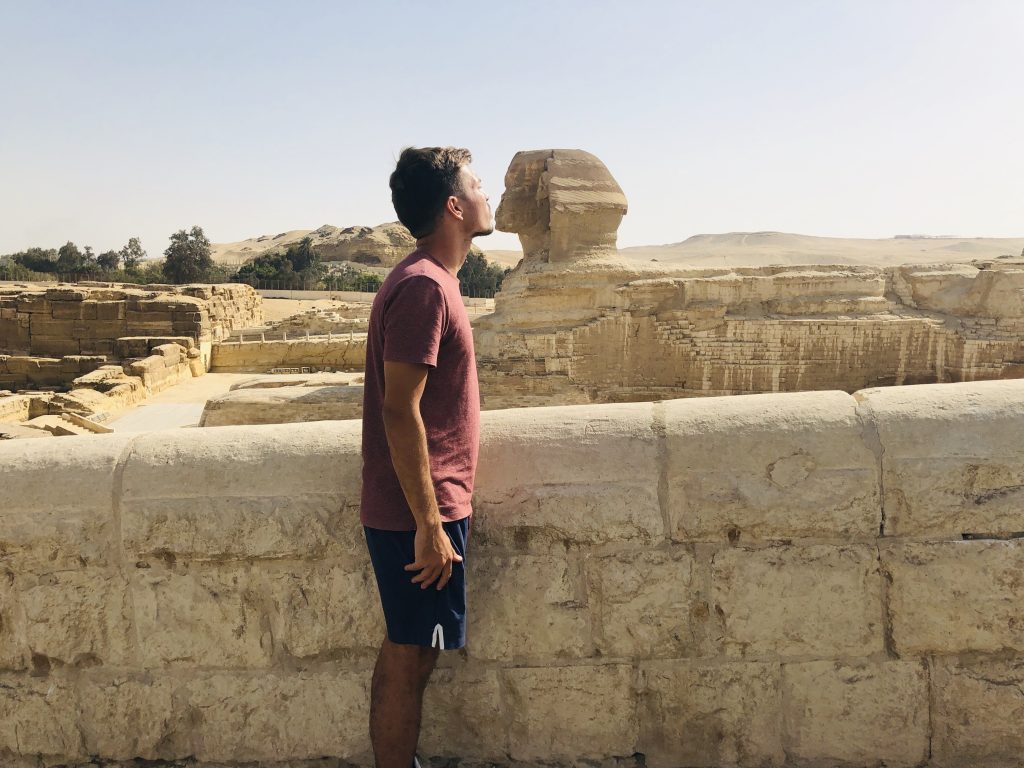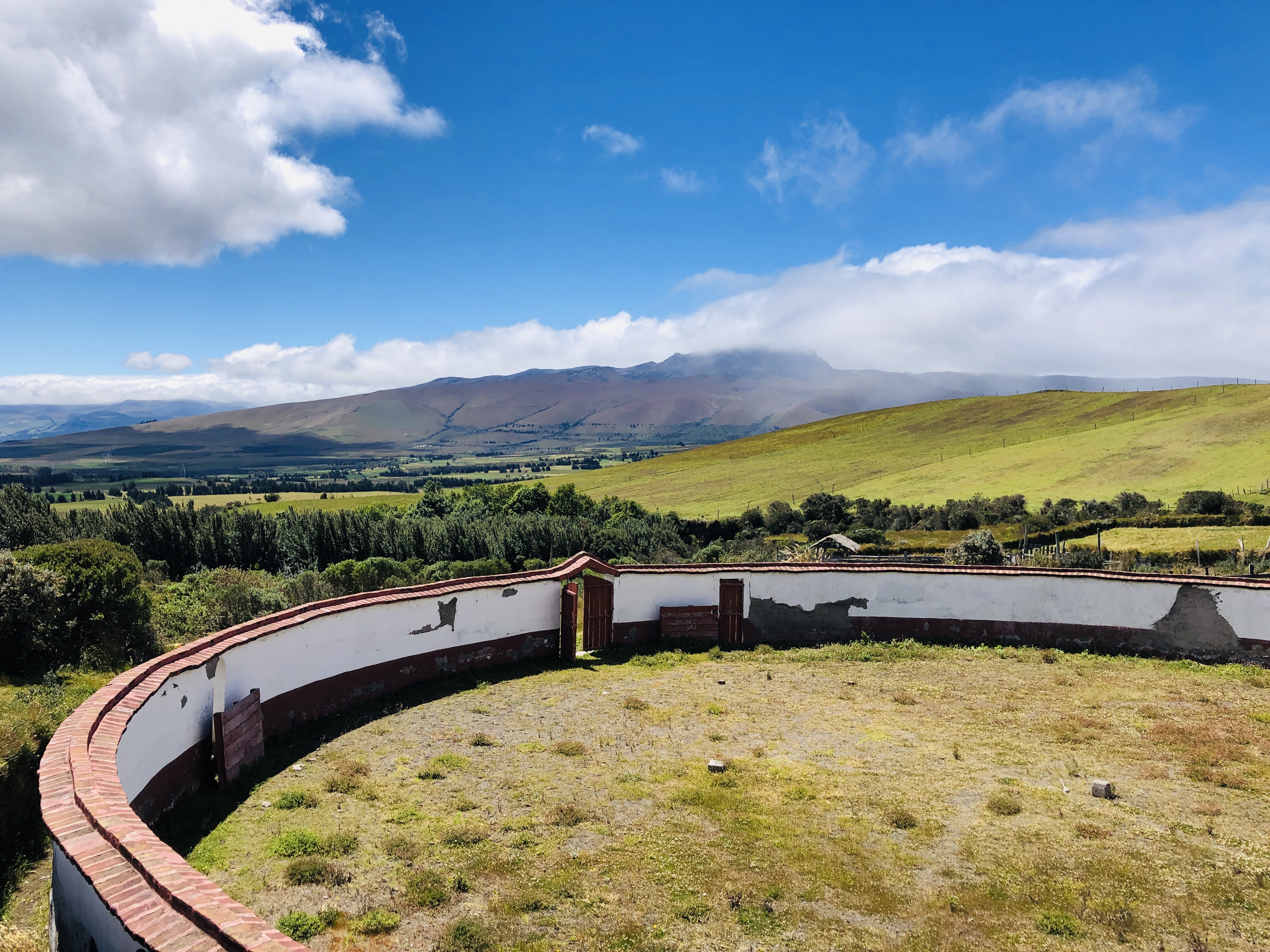A Quiet Return to Cairo, Egypt by Tim Ghazzawi:
I wrote a story a while ago called “Hieroglyphics”. In that story, I ramble on and on about the series of childhood memories I have of living in Egypt, memories that for 20 years made me wonder what it would be like to go back. The first line of that story is: “I remember it sandy.” Now that I’m here in Egypt, I can officially confirm that sand is indeed still everywhere. It still coats my shoes in a thin dusty layer as I walk. It still hovers round my socks and ankles and creeps up my pant legs, crawls through the cuffs of my shirt and around my collar. And it still settles atop my head, giving new meaning to the phrase “dirty blonde”. Unfortunately, the coronavirus has made confirming other memories of my childhood an all but impossible endeavor. Like the sand, fears about the coronavirus have been whipped up by the wind into a nation-wide frenzy.
It’s the question I’ve gotten for weeks: What’s Egypt like during the coronavirus? And like those of so many other countries around the world, Egypt’s response to the coronavirus has been so many things. At first, Egypt feigned immunity from the pandemic. On the Red Sea, where I stayed my first week, beaches and restaurants and hotels remained open. Europeans sunbathed and dined and danced late into the night. Then, Egypt turned cautious. Airports and borders were closed and I was stuck without a flight. In Cairo, army and police officers began patrolling the streets and temperature checks were administered throughout the city. The words “curfew” and “quarantine” transformed from whispers on people’s lips to formal government declarations. Lockdown now begins at 7PM each evening and, as I write from my hostel room today, I’m also thinking about restocking my food and water supplies on account of these new regulations.
It’s a shame I can’t explore Egypt the way I want to. Egyptian history appeals to the adventurer in all of us, whether you lived here as a child or not. It is archaeological and supernatural, polytheistic and Biblical, ancient and revolutionary. Though I can’t quite see the Pyramids from my hostel balcony, the Nile’s dark waters are visible in the distance. More prominent in my line of sight is the obelisk at the center of Tahrir Square. Also called Martyr Square and Liberation Square, Tahrir has assumed many roles in the 100+ years since its construction. By day, it’s a chaotic traffic roundabout. In 2011, it was the sight of daring and deadly political protests, a symbol of the Arab Spring. Now on evenings in March of 2020, Tahrir is an eerie and empty city space, occupied only by the armed guards who ensure it stays that way. I hope it’s not another 20 years before I get to come back. I’ve seen so little I can’t even really say how things have evolved or changed despite knowing that they have. In this time of uncertainty, as we look for signs of sameness and a return to normalcy, the only things I seem to be able to cling to here are the grains of sand, constant and forever.








